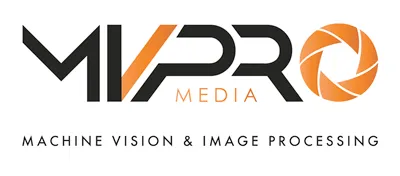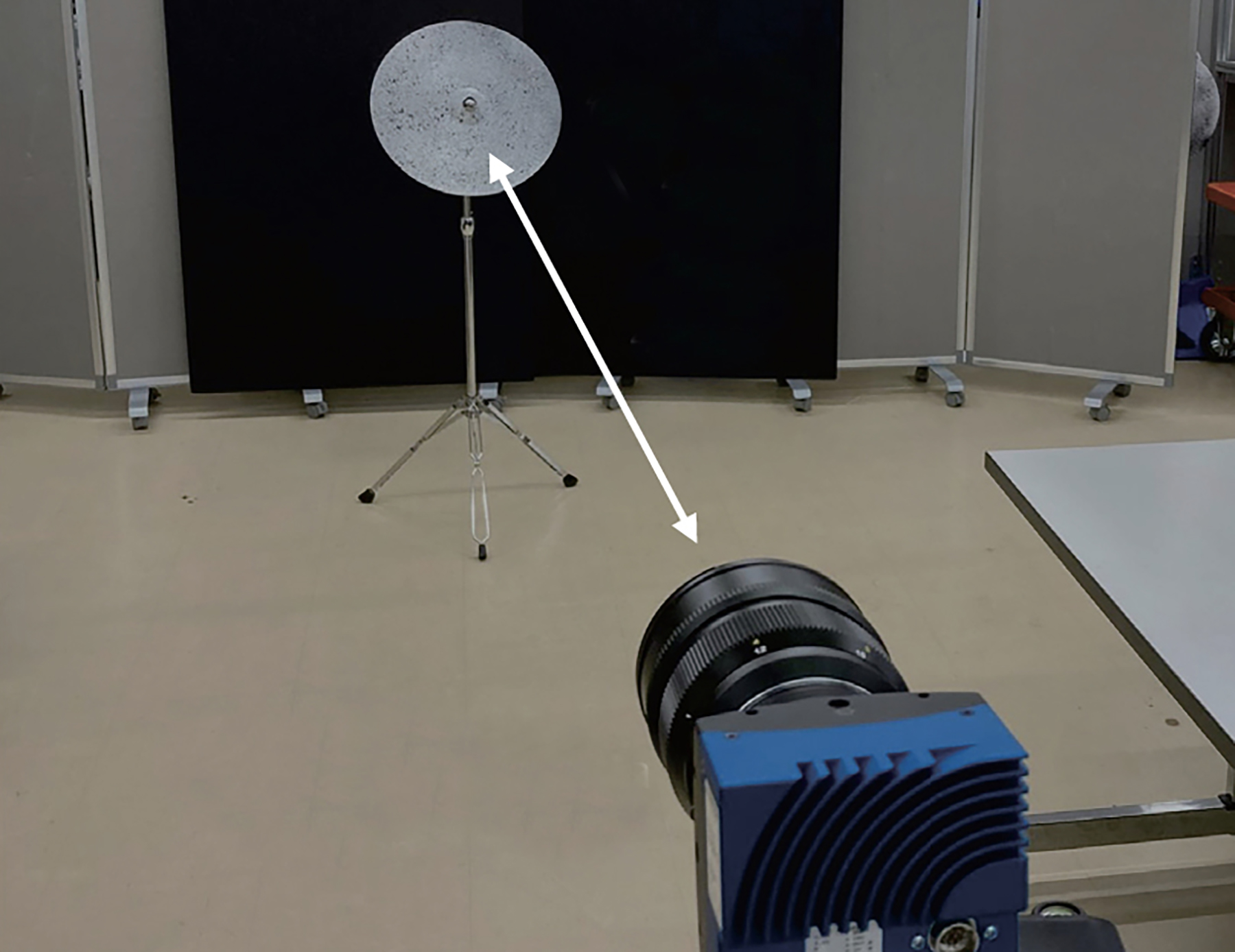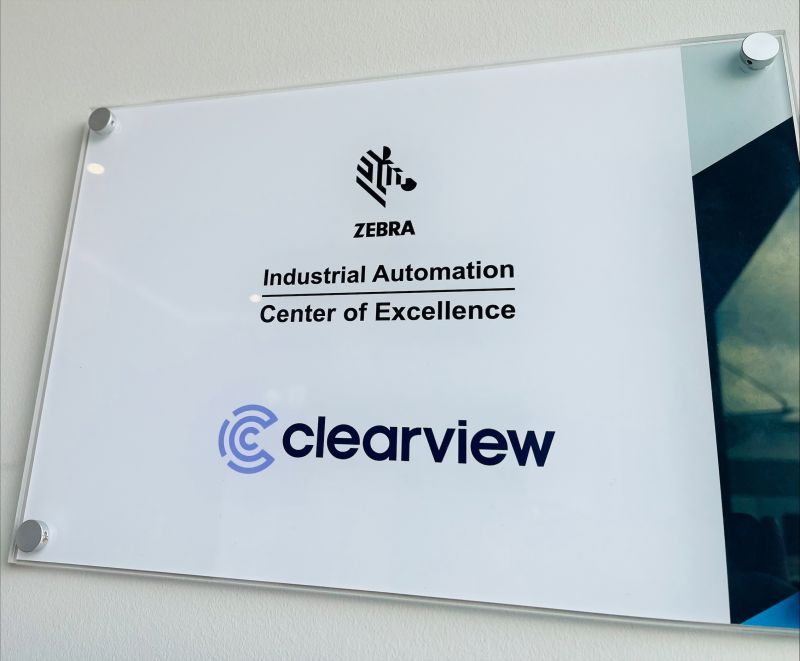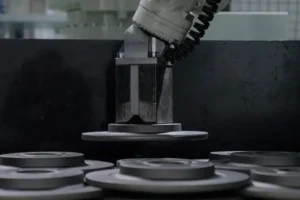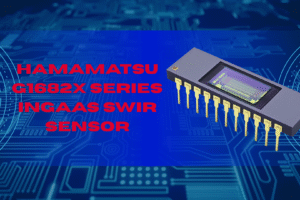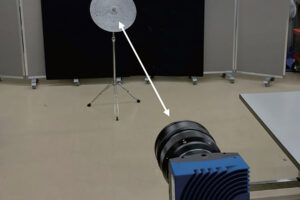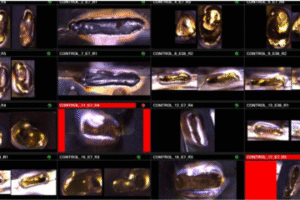SICK has launched the world’s first multibeam safety scanner to use safe, solid-state LiDAR technology to enable small autonomous vehicles and line-guided shuttle systems to operate more quickly and productively. Excited by the technology, the company state that the first pilot installations of the safety sensor show productivity increases between 50 and 70%.
The SICK scanGrid2 is a Type 2 device (BS EN 61496-3) and can be used in safety functions up to SIL2 / PLd (BS EN ISO 13849), as well as for collision avoidance duties. With the SICK scanGrid2, small transport vehicles like Automated Mobile Robots (AMRs) can operate safely at higher speeds and with higher payloads for a lower cost-of-ownership than has been previously possible using conventional safety laser scanners.
Dr Martin Kidman, SICK’s UK machine safety product manager explains: “Small shuttle systems are designed to be very simple and cost-effective materials handling assistants, so machine builders and operators have often not been able to justify the economics of fitting conventional laser scanners to protect personnel in hazardous areas and avoid collisions. Instead, operators must limit the speed or the payload, or simply avoid using them in unfenced areas altogether.
“In the first pilots using the scanGrid2 on a small AMR, we were able to demonstrate that the maximum vehicle speed could be increased by about 75% from 0.4 m/s to 0.7 m/s. That represents a significant return on investment in terms of productivity and can justify removing barriers and fencing to improve materials handling flexibility and throughput for more efficient workflows”.

The SICK scanGrid2’s novel, in-house developed solid-state LiDAR solution operates with no moving parts using pure semi-conductor technology, with several transmitters, receivers and specialist optics arranged in a semi-circular array in the machine. The scanGrid2 determines the distance to objects using the multibeam time-of-flight principle to scan a protective field of 150 degrees.
The SICK scanGrid2 safely detects objects of a variety of sizes within freely configurable protective field zones. It can evaluate multiple fields and can execute configurable monitoring cases. A warning field zone extends up to four metres beyond the safe 1.1-metre working range for non-safety actions. It is therefore targeted at safeguarding the main driving direction of small and guided AMRs as well as for side protection and safeguarding the reverse drive of mobile platforms.
SICK says the installation of the scanGrid2 is “rapid using easily accessible interfaces” on the front of the sensor housing. It further integrates using software tools, such as SICK’s Safety Designer. With a height of 43 mm, the device can be retrofitted into existing vehicles, as well as designed into new machines.
The SICK scanGrid2 safety sensor is also supported by the SICK Safety Assistant app, where diagnostics and servicing can be performed on the sensor with a smartphone. A Near Field Communication (NFC) interface has been added so sensor configurations can be transferred wirelessly from one sensor to another using a cloning function within the app.
You can find more information about the SICK scanGrid2 safety sensor on SICK’s website.
Stay up to date with the most recent automation, machine vision, and robotics news on MVPro. Read the best stories every Friday with our newsletter.
